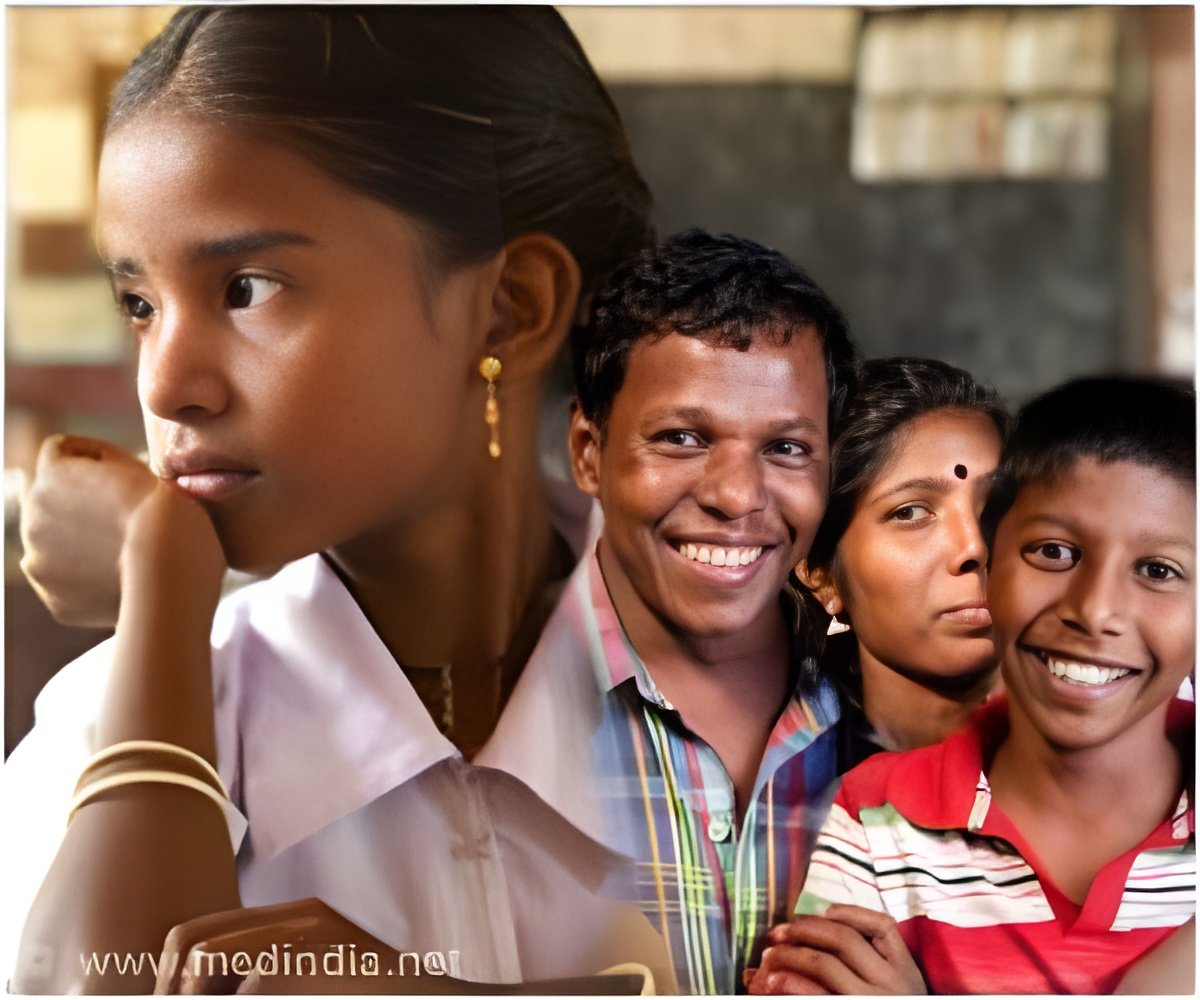In more than 50 developing countries, the child-mortality gap has narrowed between the poorest and wealthiest households, reveals a new study.

The findings provide important information for making decisions about prioritizing global health investments to effectively promote equity, said Eran Bendavid, MD, assistant professor of medicine and the study's author.
The study, which will be published online Nov. 10 in Pediatrics, analyzed data from nearly 1 million families living in 54 low- and middle-income countries to determine the relationship between mortality in children under the age of 5 and wealth inequality.
"In many countries, national wealth has increased hand-in-hand with increasing health inequality. That's been a signature of our time," Bendavid said. "It's a pressing concern for many societies, especially in wealthy countries, but it's also been an issue in low- and middle-income countries."
Assessing child mortality within developing countries
Many studies have assessed the national child mortality trends in developing countries, but they say little about the mortality gap between the poorest and wealthiest within those countries. National trends could be associated with either narrowing or widening gaps between the poorest and wealthiest populations, Bendavid noted. For example, if child mortality decreases faster among the wealthy compared with the poor, the overall child-mortality rate in that country could decrease even as the mortality gap widens. Alternatively, if child mortality decreases faster among the poor, the health gap could narrow.
Advertisement
To compare wealth status and under-5 child mortality within a country, Bendavid used data from the demographic and health surveys for 1.2 million women living in 929,224 households in 54 developing countries. The women provided information about their children's survival status.
Advertisement
The surveys include information about each woman's birth histories, including detailed birth registries documenting millions of children. With this information, Bendavid could estimate the probability of a child dying before reaching age 5 per 1,000 live births.
Tallying household possessions
Determining each household's wealth status was not as straightforward as reviewing annual income and tax returns, which don't exist in the countries involved in the study. "These surveys tally the possessions in the household. What is the floor made of? What is the roof made of?" Bendavid said. "You can get a wide distribution of household possessions that reflects to a large degree the household wealth."
Next, Bendavid developed a three-tier wealth index using the household assets. The three wealth categories were relative -- poorest, middle and wealthiest.
To analyze trends in wealth status and under-5 mortality, Bendavid looked at all developing countries that had completed the surveys in two specific time frames: 2002-07 and 2008-12. The study found that the under-5 mortality rates among the poorest groups had decreased the most rapidly. The average decline was 4.36 deaths each year per 1,000 live births among the poorest, 3.36 among the middle and 2.06 among the wealthiest. Because the poorest group's mortality rate is decreasing more quickly that the other groups, the gap in child-mortality rates is closing.
This is good news, Bendavid said. However, not all countries followed this same trend. In a quarter of the surveys examined by the study, inequality in under-5 mortality increased over time.
Bendavid found that four factors were present in countries with a narrowing child-mortality gap: government effectiveness, rule of law, control of corruption and regulatory quality. He found that the difference in mortality rates was significantly associated with the governance score: Better governance scores were related to greater convergence in mortality rates among the three wealth groups.
Benefits from controlling communicable diseases
Bendavid said the evidence in this study is consistent with gains in controlling communicable diseases, such as malaria, measles, diarrhea and respiratory illnesses, that preferentially affect the poorest. Over the past decade, international health aid organizations have financed interventions for these diseases at a high rate.
"Dr. Bendavid's study is an important contribution to knowledge about child health improvements in the developing world," said Davidson Gwatkin, a senior fellow at the Results for Development Institute and a senior associate at Johns Hopkins Bloomberg School of Public Health. "It makes a persuasive case that these improvements have often begun to benefit the poor even more than the better-off." Gwatkin was not involved in the study.
The study also raises questions about the role of foreign aid institutions in low- and middle-income countries. While the aid efforts are making a difference in child-mortality rates in countries with effective governments, the study seems to show that this is not the case in nations with poor governance, Bendavid said.
"We have the technologies, we have the means, we have the know-how to reduce child mortality dramatically," said Bendavid. "Even for such low-hanging fruit, however, implementation is not always easy. You have to have government that enables basic safety, and the ability to reach poor and rural communities that benefit from these kinds of programs."
Source-Eurekalert









